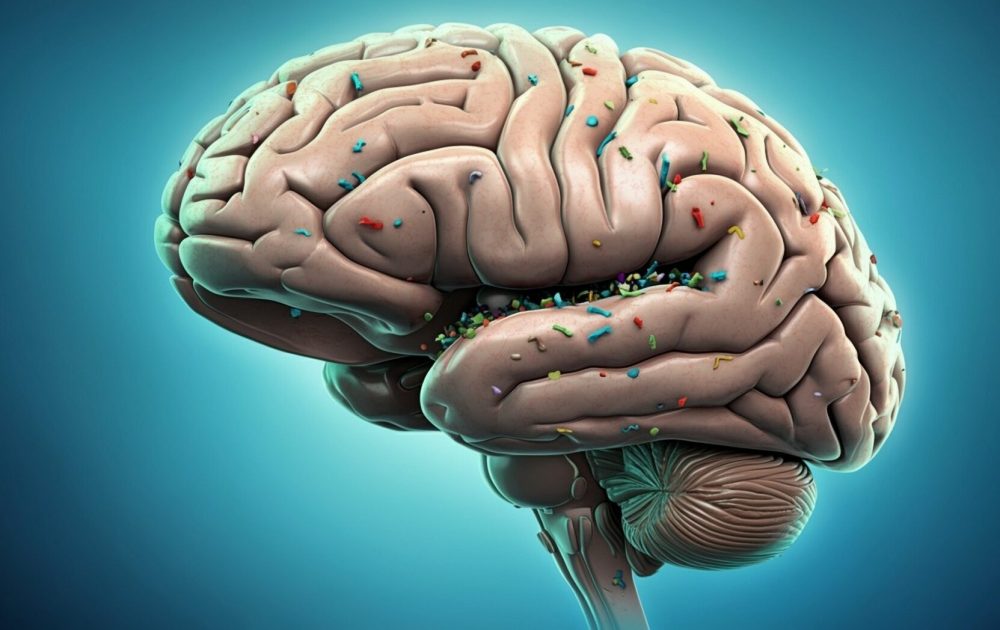Our test tells you which everyday chemicals you've recently come into contact with, and easy steps you can follow to reduce your exposure to them.
Concentrations of microplastics in the brain are rising

Microplastic and nanoplastic particle concentrations in the brain are rising – that is the conclusion of new research at the University of New Mexico.
Analysis of postmortem brain tissue found concentrations of micro and nanoplastics known as MNPs were higher in tests carried out during 2024 when compared to levels detected in 2016. Brain tissue was found to have higher levels of polyethylene compared to liver tissue analysed. Polyethylene is the most widely produced plastic and can be found in many types of packaging such as bags and bottles.
Concentrations of up to 6 times higher in brain tissue were recorded in brain tissue samples of dementia patients, although the researchers stressed that it’s too soon to make any causal connection between the presence of microplastics in the brain and subsequent disease.
This follows an earlier study where microplastics were found in the olfactory area of the brain, suggesting exposure by inhalation. Microplastics have been found in kidney and liver tissue, placental tissue, testes, blood and urine.
Whilst the health effects of microplastics are still uncertain, they are thought to have toxic effects and have been linked to higher rates of cardiac diseases and strokes. Animal studies have revealed the inflammatory effects of microplastics and changes in the gut, which could be toxic.
Can we avoid microplastics?
Microplastics can be detected in water and food, and 1000’s of everyday household items and toiletries, so they’re pretty hard to avoid entirely, but it is possible to reduce your exposure to microplastics if you have health concerns about them.
Tap water contains fewer microplastics than water in plastic bottles. When tap water is filtered and stored in glass or metal containers, it’s a small change that can make a big difference to your exposure to microplastic particles. It’s estimated that bottled water might contain as many as one quarter of a million tiny nanoparticles in a 1L bottle of water.
Microplastics are shed during the laundry process of garments made with synthetic fibres, but washing machine filters can reduce the likelihood of them entering the water course, making another small difference.
Read the full study here.